One of the most fascinating places we went to during our visit to Amsterdam was to the city's oldest bar! Our tour guide alerted us to it although it was also in the tour brochures we received. And, it was only a block from our hotel. It's name is De Drie Fleschjes and it was established in the early 1600's.
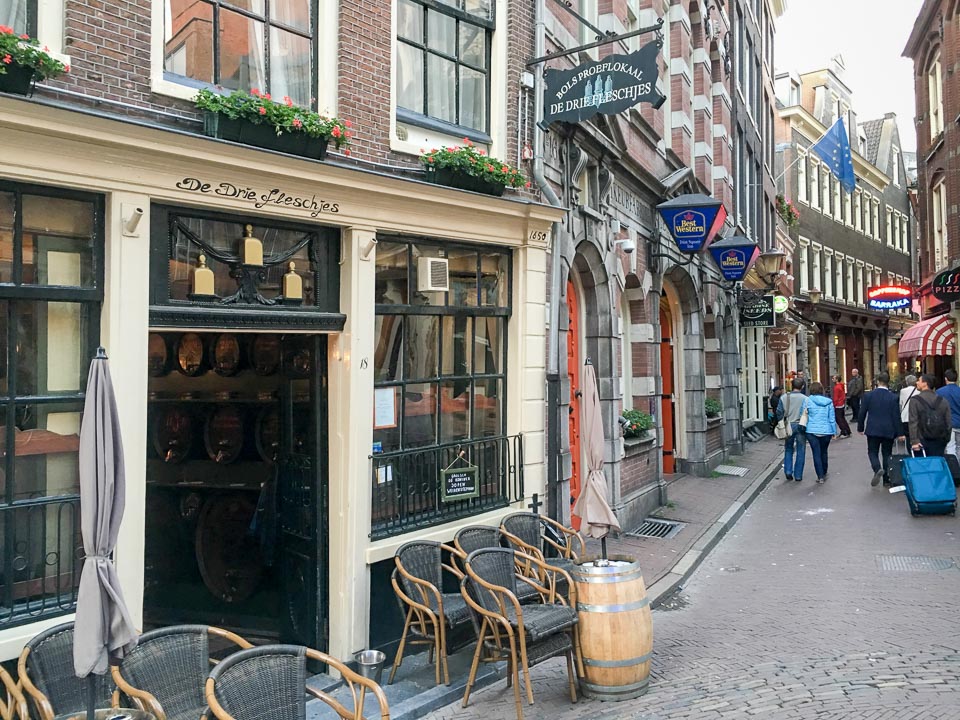
The reason we went to the bar was to sample a drink called jenever (ji nee' ver). It's served in a tulip shaped shot glass. The bartender sits the glass on the bar and pours the liquid into it, literally filling it to the brim, so much so that only the meniscus keeps it from overflowing. You can't pick it up or you will spill it. Therefore, the prescribed way to begin drinking it is to bend over and carefully take that first sip while it still sits on the bar, rising to the cheers of your drinking mates for your steady effort.
There are two kinds of jenever, oude (old) and jonge (young). The name has nothing to do with age; it refers to the method used in its production. We had oude jenever which was quite smooth. The Dutch claim that the distillation began in the Netherlands and that the English stole it and called it gin. Perhaps so. Maybe jonge jenever tastes more like gin than the oude.

One of the unique things about De Drie Fleschjes is the array of kegs, or barrels, along one wall. In yesteryears, the affluent gentlemen of Amsterdam would keep their Porto or Sherry here. Each barrel had a lock. If you were a friend of such a gentleman and he wanted to honor you and show his trust in you, perhaps he might give you his key and invite you to go partake of his hospitality. If you were the gentleman and were having an important evening affair, perhaps you would give the key to a trusted house servant to go fill a vessel for your guests to enjoy. More likely, you would probably perform this task yourself, taking a few tastes yourself to ensure it was still worthy of being served to your guests.
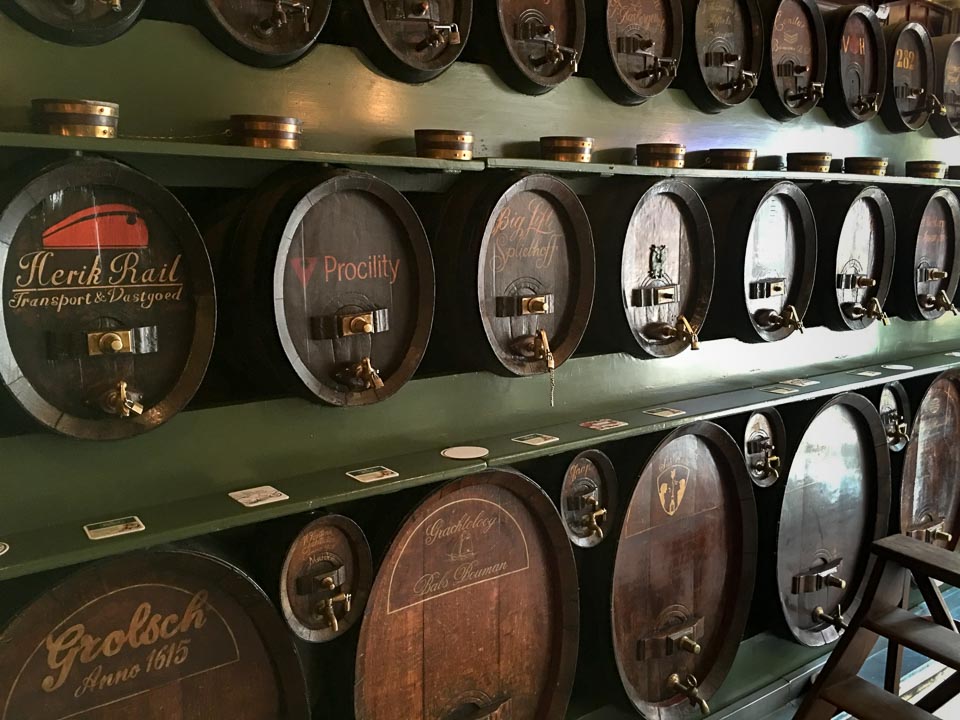
We did get out of the city and take in the country sights. You have to see the windmills! Unfortunately, windmills are pretty much a thing of the past for Holland. But they are iconic, so they have preserved a few for us tourists. We expect them.
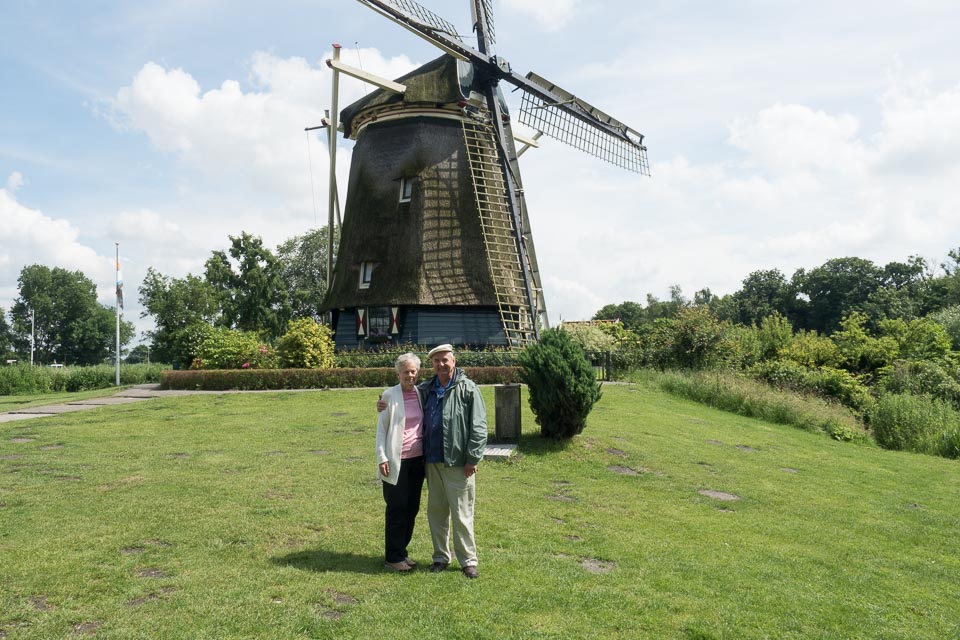
We took a bus tour that took us to three sights: a windmill village, a wooden shoe factory and an island where, among other things, they made cheese.


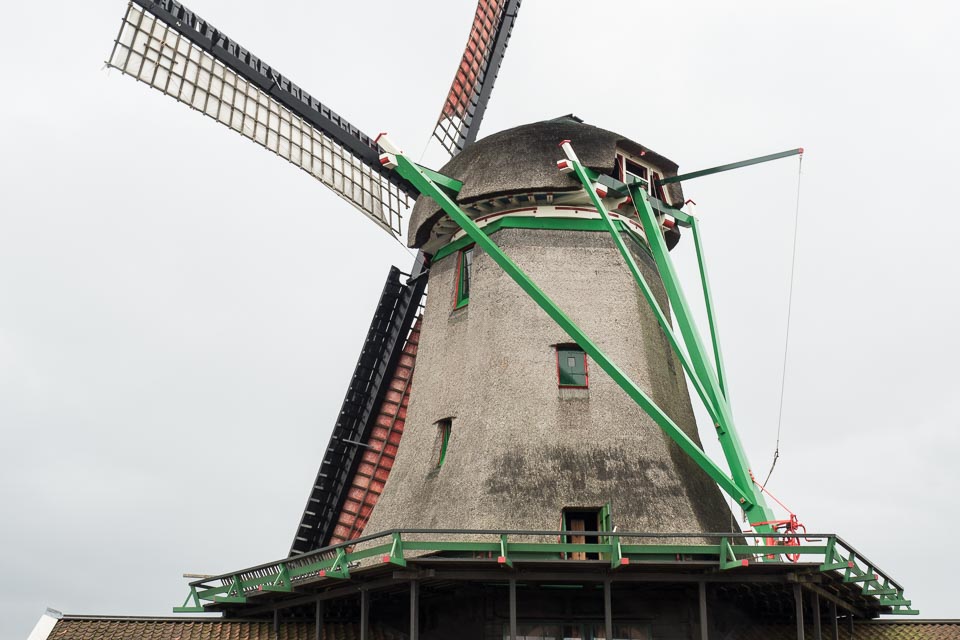
This was an operational windmill, a saw mill powered by the wind. And it was not just set up to show you how something like this might work, it's actually a profitable boutique business. Certain craftsmen demand their logs be sawed in such mills and this particular owner said he had a relatively long waiting list, or, to be more accurate, a relatively long log jam. Logs are floated down the rivers and through canals to the sawmill. They are then held in floating ponds until they can be processed. So, they are sawed wet.
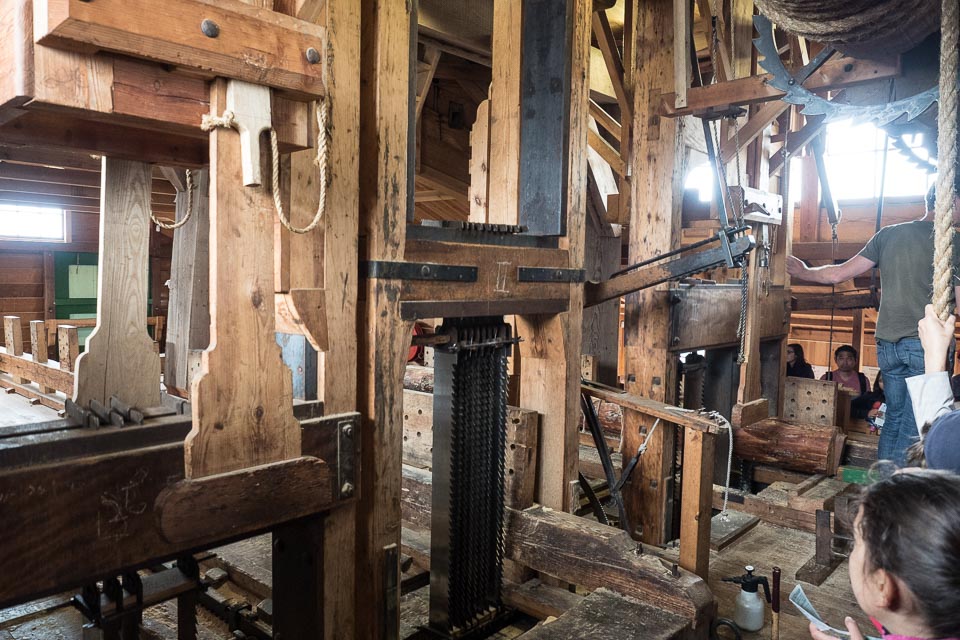
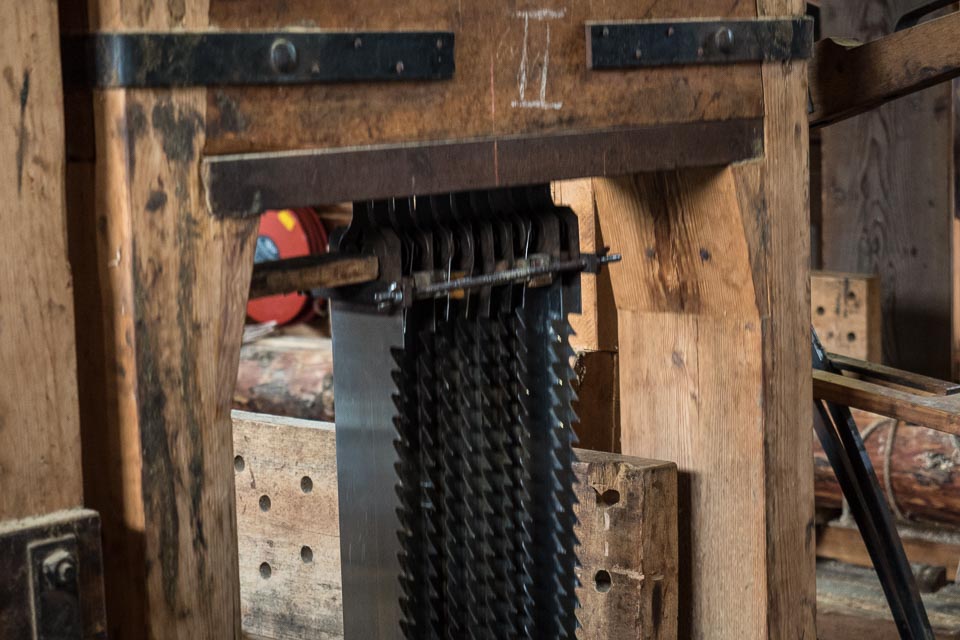
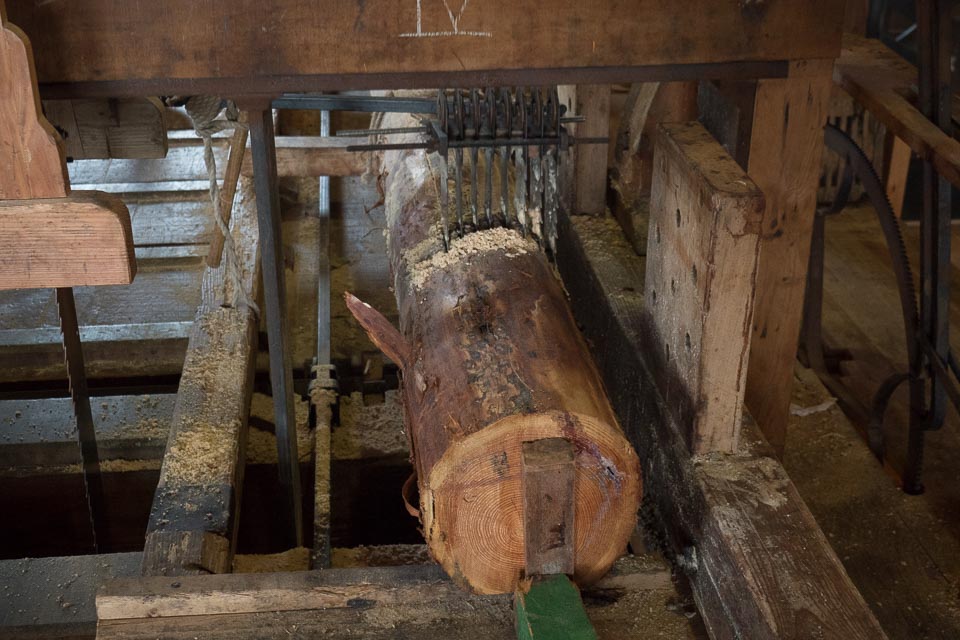
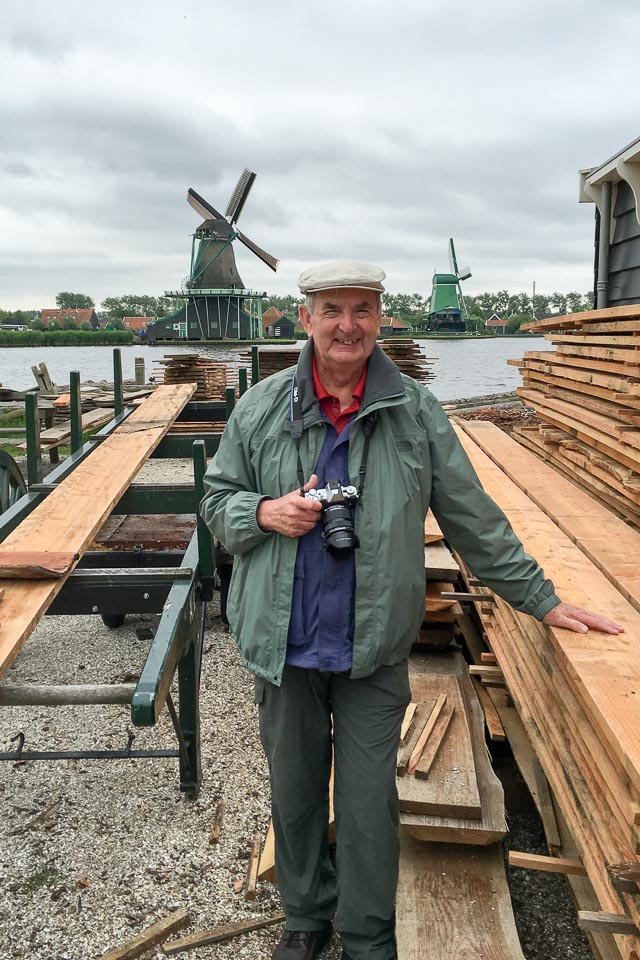
There were four large windmills in the village. One of them was for grinding grain. The sawmill folks were always rooting for higher winds because that means they can saw the logs faster. On the other hand, the miller sawmill wants a steady wind to produce a consistent grind of the product.
The tour raised the question: How was Holland, such a small little country, able to become such a powerful seagoing nations? The answer: windmills. With its wind powered sawmills, Holland was able to produce large amounts of lumber needed to build ships. So impressive was this feat that the Russian Czar Peter disguised himself as a peasant and entered the country to see for himself how they worked. He took his knowledge back home which enabled him to become Peter the Great. At least that's the Dutch version.
Wooden shoes are another iconic product. One guide said that wooden shoes are made only for the tourists. However, our shoe carver Joel, pictured below in the factory in Marken, claimed they are still in use, mostly by farmers because they can be worn in wet farmlands and the water doesn't damage them. They are also an excellent safety shoe.
The shoes are actually carved by machines using a template. One machine carves the outside while a second one reams out the inside of the shoe.


This is Dru trying on a pair.
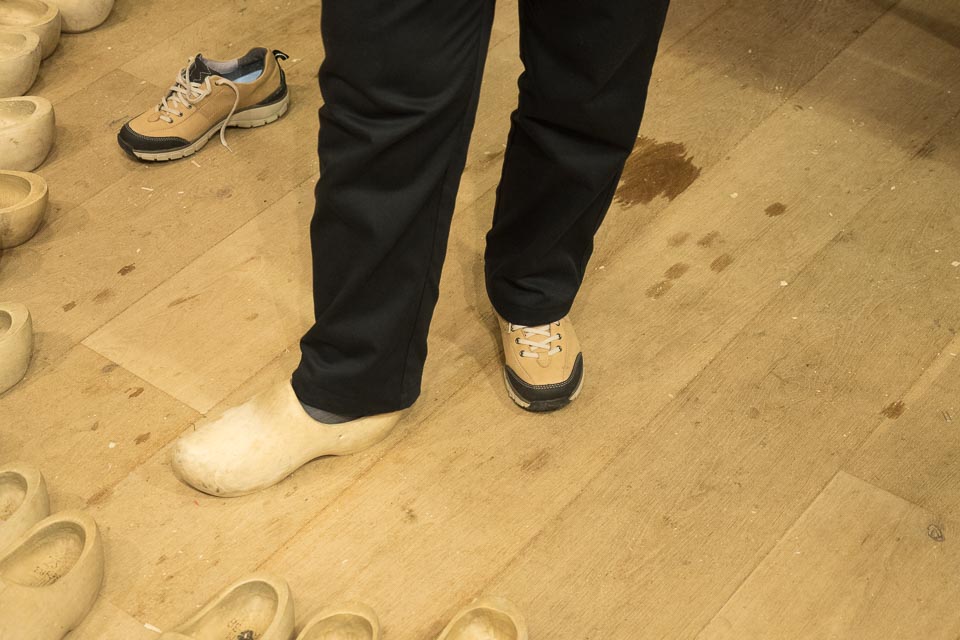
And these are the finished products hanging up to dry.

We took a ferry ride to the cheese factory in Volendam. We heard their story and sampled some cheese and took a long stroll about the village in lieu of lunch. There were lots of little shops especially intended for tourist, the preponderance of which were European. We wandered into a residential area, where there were some impressive row homes with views of the water.

The cheese factory:

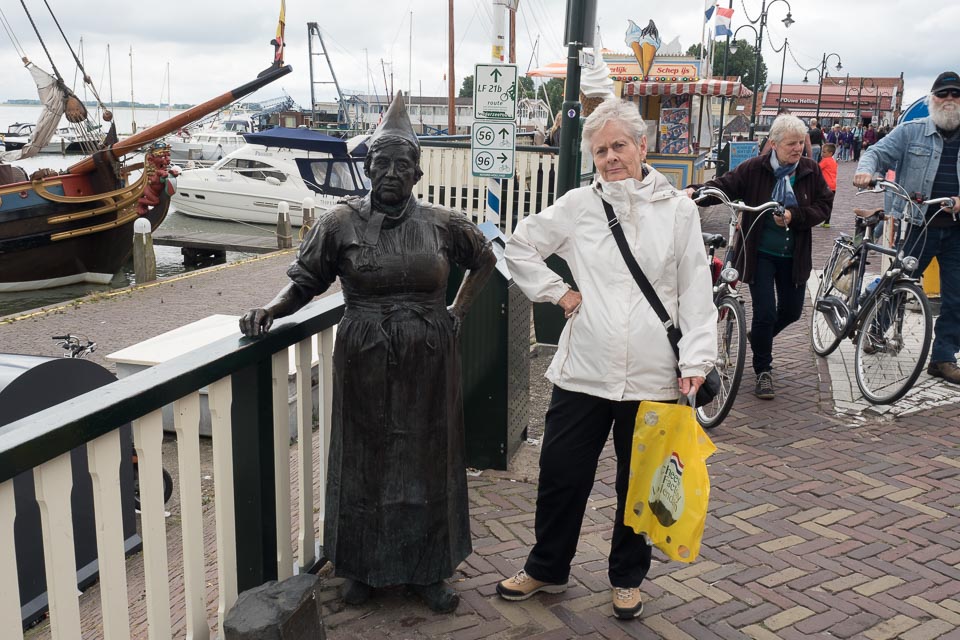
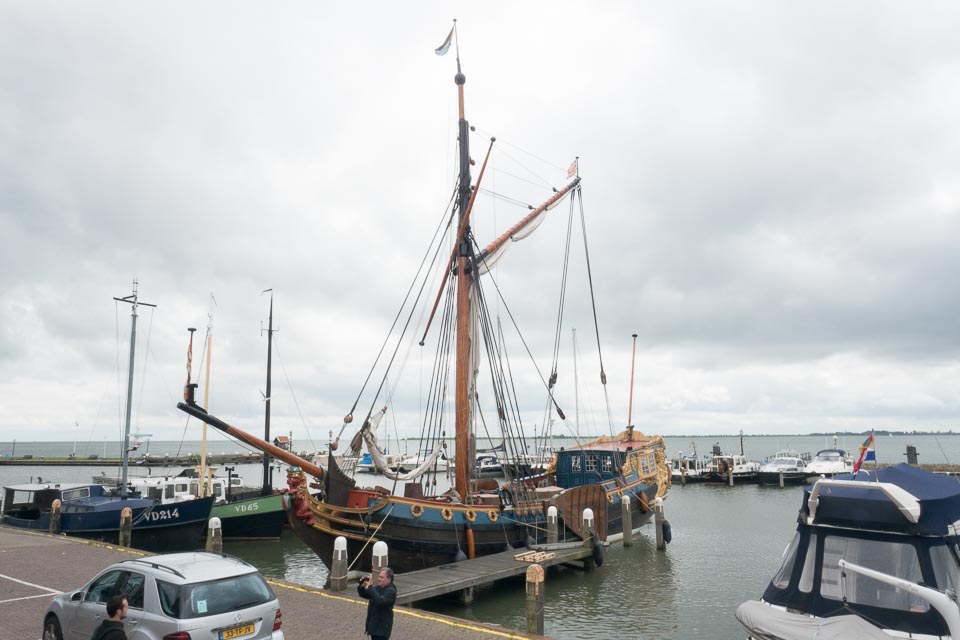
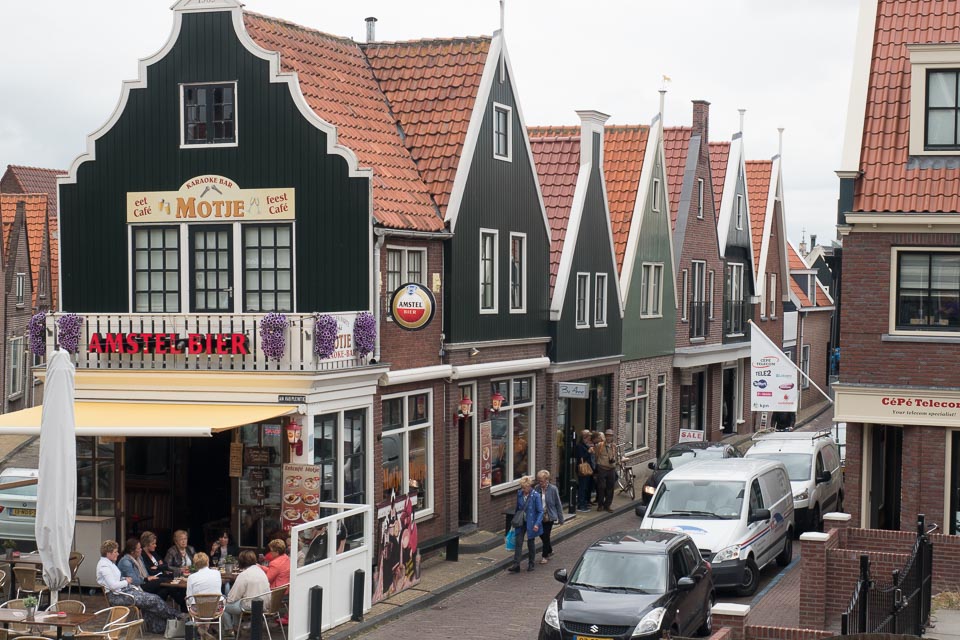
We gained a good appreciation of the canal system in the Netherlands. One half of the country was reclaimed from the sea. As a result the water has to be continually pumped out or it would flood again. The pumping has to be managed carefully. Pump too slowly and the land floods. Pump too fast and it dries out and sags. Some land is solid enough to build upon while other land can only be used for farming, predominantly raising dairy cattle, hence all the cheese! Ironically, in the Netherlands they pay a tax not to have water (to pay for all of the pumping), quite the opposite from us in California.
The canal system begins with small one meter wide canals at the level of the land. Water is pumped from those canals up another level to a wider system and then to yet another even wider system and finally into the largest canals which flow into the lake next to the sea. The locks into the sea are only opened at low tide. Thus the water only flows from the lake into the sea, meaning all of the water in the lake and the canal system is fresh, or “sweet” as they call it. The lake, although obviously man made of course, is the largest fresh water lake in Western Europe.
It was clean. Everywhere, in the city, in the villages, it was clean, mostly because people tend to be tidy, but also because they have efficient street cleaners. Before the city got going in the morning, water trucks were out with hoses washing away the previous night's revelry.
Real estate is expensive. Prices for nice homes, yet not extravagant ones, even in the villages were easily in the 1.3-1.5 million euro ballpark.
Amsterdam was a bustling city, even into the late evening. A lot of younger people, in their 20's and 30's still out in droves walking busily as though they had a destination in mind well past ten at night.
50% of the Netherlands is reclaimed from the sea by an elaborate system of dikes and it needs to be pumped constantly.
All of the water you see in the photos is fresh water, even though it may look like an open harbor. Dikes separate the sea from the harbors. The locks are only opened during low tide when the water will flow from the harbor into the sea, thus preventing salt water from the sea from entering the harbor.